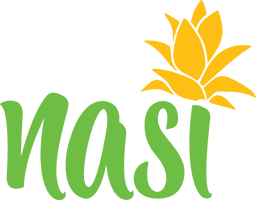Have you ever pondered the origins of paper, or perhaps contemplated how paper is produced from trees, or even considered the manufacturing process behind your everyday grocery bags? Curiosity got the best of me, and I embarked on a journey of research to uncover the secrets behind these questions. What’s fascinating is that in today’s digital age, we often overlook the humble yet essential material of paper. It’s easy to forget that this versatile material has its roots deeply embedded in the natural world.
The treasure trove of information I found online led me to YouTube, a platform teeming with content that explores virtually every topic imaginable. It was here that I stumbled upon a plethora of videos from around the world, all centered around the intricate process of paper production. While the techniques and equipment varied, one glaring commonality remained constant – the extensive number of trees felled to create paper.
Watching these videos, one recurring scene deeply impacted me. As the trees were mercilessly cut down, they were swiftly transported to a factory, where they were loaded onto a conveyor belt. This conveyor belt led them to a wood chipper machine, a mechanized beast that unceremoniously reduced these towering giants into tiny wood chips. It was a disheartening sight, seeing what had taken nature a decade or two to nurture being transformed into chips within mere minutes. The sheer scale of deforestation for the sake of paper production left me feeling troubled.
This experience left me with a pressing need to find a sustainable alternative. I embarked on a mission to discover other plants that possessed the qualities necessary to produce paper. Several options came to mind, each with unique characteristics that made them promising contenders. Some of these included bamboo, aloe vera, cactus, sisal, and even pineapple.
This marked the beginning of our company’s journey towards a more sustainable future. We recognized that to address the environmental concerns associated with traditional paper production, we needed to explore innovative approaches. Our vision was to harness the potential of these alternative plants, each offering distinct advantages over traditional wood-based paper production.
Our commitment to sustainability drives our efforts to research, develop, and implement these alternative sources in the paper industry. By reducing our reliance on traditional wood pulp, we aim to mitigate deforestation and its detrimental impact on our environment.
In conclusion, my quest to understand the paper production process led me to witness the astonishing scale of tree felling and deforestation. This stark reality ignited a passion for change, propelling our company towards the pursuit of sustainable alternatives. With the unique properties of pineapple, we are poised to reshape the paper industry and offer environmentally friendly choices to conscientious consumers. In doing so, we hope to contribute to a greener, more sustainable world for generations to come.
